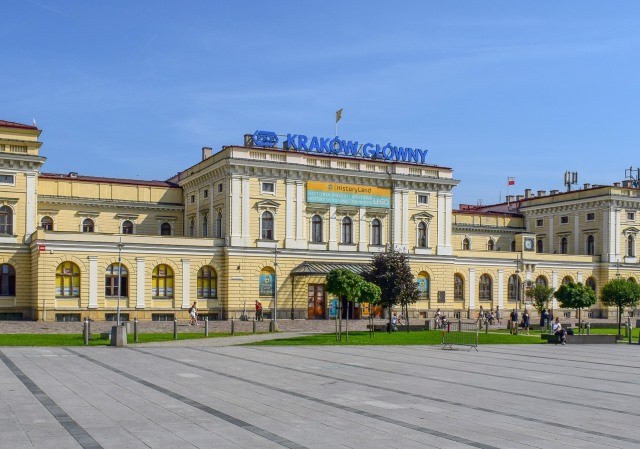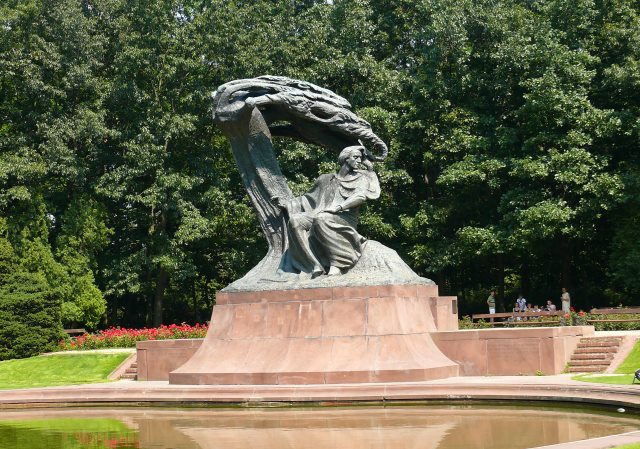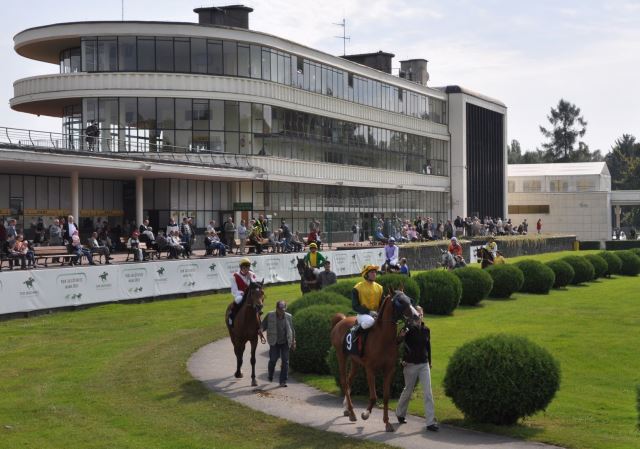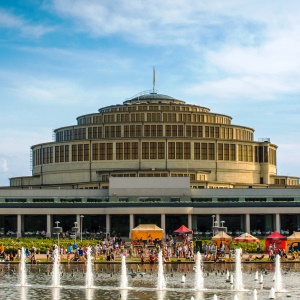Pre-war modernism in Poland
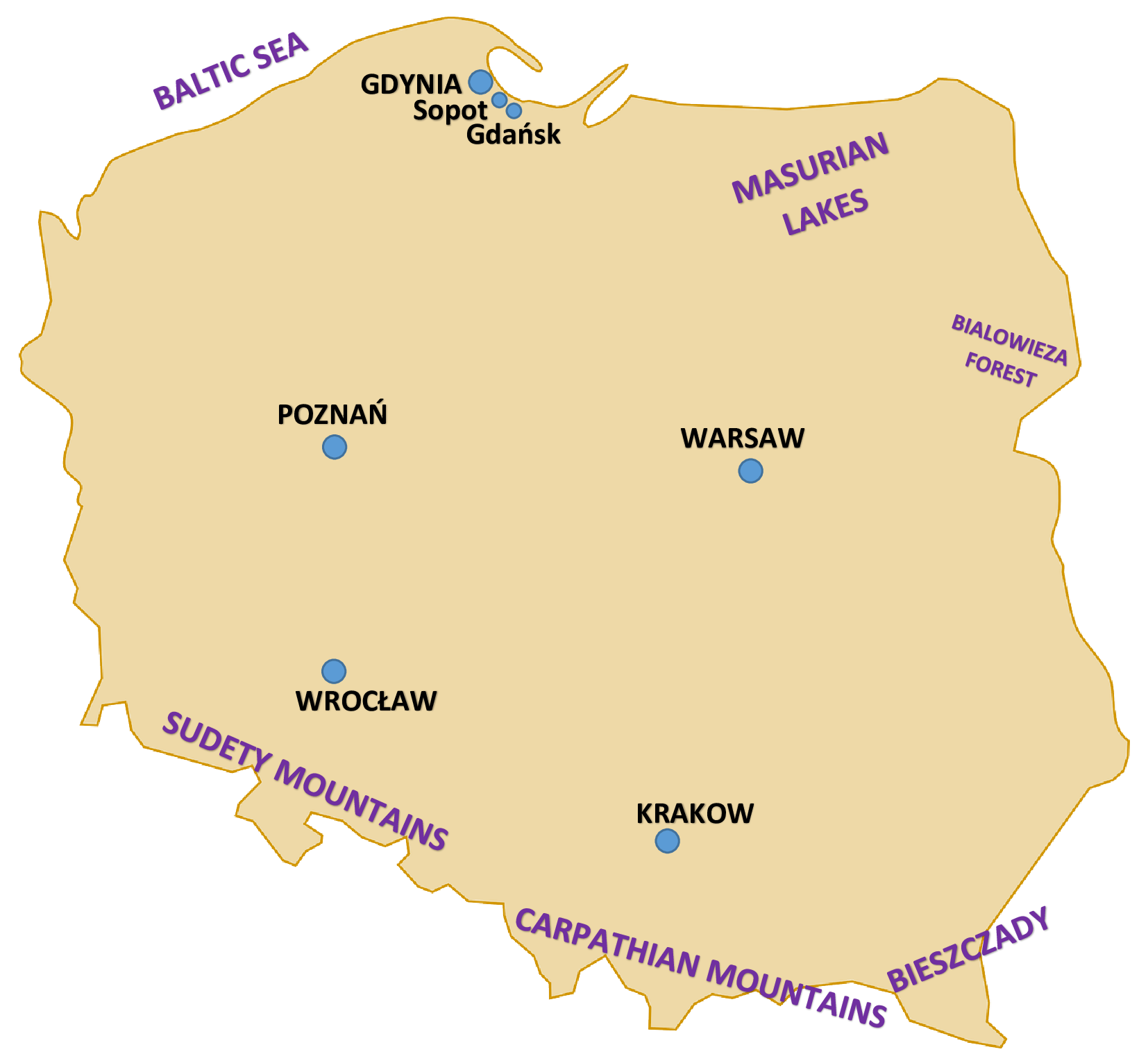
DAY 1 – GDYNIA
Arrival at Gdańsk airport and transfer to the hotel in the heart of Gdynia. Gdynia is often compared to Tel-Aviv. Both Gdynia and Tel-Aviv are called “White Cities” and are fine example of modernist architecture. The architects of both cities designed an urban space that reflected the modern era. Gdynia was established as “Poland’s gateway to the world”.
DAY 2 – GDYNIA
Morning visit to the Museum of the City of Gdynia. The Museum presents the history of the town beginning with its origins as a fishing village through its evolution as an international port during the inter-war years. Later visit to the harbor built in 1926 and entrance to the Emigration Museum, housed in the inter-war transit station, which retains many modernism features. In the late afternoon drive to Sopot, the famous and fashionable seaside resort with the oldest and longest wooden pier in Europe. Walk down the Heroes of Monte Casino Street filled with the lively bars, restaurants and shops.
DAY 3 – GDYNIA
In the morning drive to Oliwa to visit the Cistercian Monastery established in the 1100s and expanded through the 1500s. Short concert played on the Baroque organs at the Cathedral. Return to Gdynia’s downtown to see some of the best examples of buildings in the modernism style in Poland—the former Polish Bank built in 1929; the Railway Station; the Social Security House; Orlowski’s Apartment House (1939), and many other examples of Gdynia modernism along Piłsudski Avenue.
DAY 4 – GDAŃSK – POZNAŃ
Departure for Poznań. En-route visit to the Amber Museum in Gdańsk, housed in Gdańsk’s medieval Foregate building (Prison Tower and Torture Chamber in the past). The museum presents amber in its natural state, methods of extraction, history of the trade routes, uses in medicine and as an artistic material. The attractiveness of the exhibition is enhanced by multimedia presentations. Arrival in Poznań in the late afternoon.
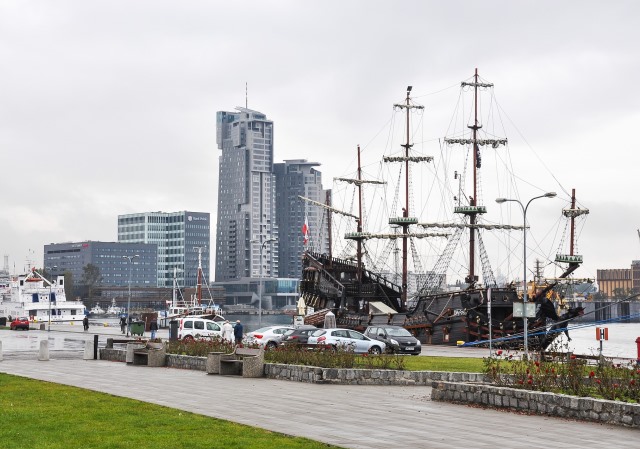
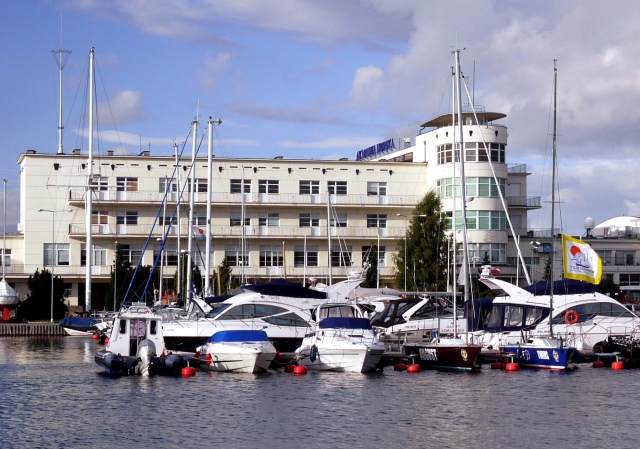

DAY 5 – POZNAŃ
Sightseeing tour of Poznań – one of the oldest towns in Poland. Extended by the first Polish rulers: Mieszko I and Boleslav the Brave, it was the capital city in the 10th and 11th century. The tour includes the Old Town Market Square, the Town Hall (1560) with one of the most precious Renaissance interiors in Northern Europe as well as the house residences and buildings at the Jeżycki Market Square which are examples of Art Nouveau architecture.
DAY 6 – POZNAŃ – WROCŁAW
Departure for Wrocław. Tour of Wrocław including visit to the giant Centennial Hall with an enormous cupola, designed in 1910 in the modernism style by Max Berg (1870–1947), opened in 1913 and added to the UNESCO List of World Heritage Sites in 2006. As a multifunctional structure it hosts various sporting events, exhibitions, concerts and opera performances. Walk in the Old Town to admire colorful facades of the old burgher houses and the “Renoma” Shopping Mall entrance, still bearing its Art Deco design.
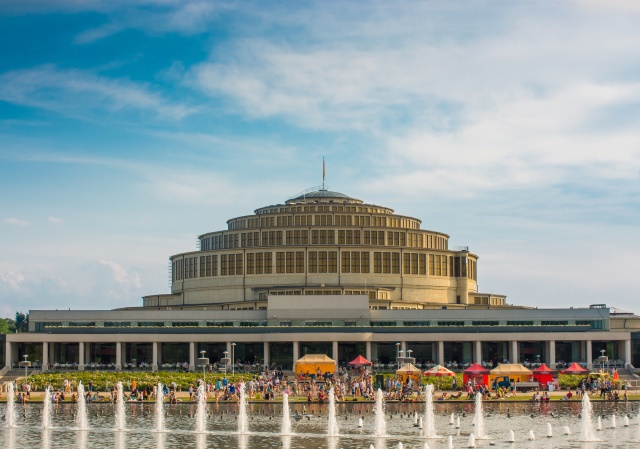
DAY 7 – WROCŁAW – KRAKÓW
Departure for Kraków. Walking tour of the Old Town with its large Main Market Square of marvelously restored houses; Cloth Hall, built before 1349 and renovated in the 16th century and the Wawel Castle, residence of three dynasties of Poland’s monarchs. Visit to St. Mary’s Basilica to see the magnificent wooden altar by Wit Stwosz and hear the historic bugle call on the hour.
DAY 8 – KRAKÓW
Panoramic tour of Krakow outside the Old Town area. Visit to the key buildings from the 19th and early 20th centuries including the Jan Matejko Academy of Fine Arts, the art nouveau directorate of the Polish State Railways (now apartments), as well as the original complex of Kraków Główny (main) railway station, and the Academy of Economics. After Poland regained its independence in 1918, the state began to make new plans for Kraków’s development. The predominant style for new projects was modernism with various interpretations of the art-deco style. Important buildings constructed in the style of Polish modernism include the Feniks Pharmacy, LOT Airlines building (1933—the tallest in the city at the time and originally built for the Feniks Insurance Company), and the Museum of the Independence Movement at the Józef Piłsudski House (1935).
DAY 9 – KRAKÓW – WARSAW
Departure for Warsaw – the cosmopolitan capital situated on the Vistula River. From being the seat of the Polish monarchy and the home of the composer, Chopin, Warsaw became the backdrop of World War II tragedy and the triumphant fall of Communism. Plundered and destroyed by enemies over centuries, Warsaw always defiantly arose from the ruins. It’s architecture is shaped by the country’s turbulent history.
DAY 10 – WARSAW
Sightseeing of Warsaw. Walking tour of the Old Town including the Castle Square, King Sigismund III Waza Column, the Royal Castle (originally built in the 15th century and destroyed in WWII), the New Town Market Square, and Warsaw Uprising Monument. Drive along the Royal Route with its aristocratic residences, pass the Tomb of the Unknown Soldier, Warsaw’s Grand Opera and National Theatre. Short stop by the Art Nouveau Chopin Monument at Łazienki Royal Park and cross the Vistula River on the Swiętokrzyski Bridge to visit the Praga district and residential quarter of Saska Kępa. During the 1920s and 1930s members of Warsaw’s growing middle class built modernist mansions in this neighborhood. Francuska Street is the main avenue, with a significant number of modernist structures and villas (notably from No. 2 to No. 49). Today it is lined with shops and increasingly large numbers of trendy restaurants. Continue to 10 Obroncow Street to see another modernist style villa in Saska Kepa. Later visit to Służewiec, where one of the largest and most beautiful racing tracks in the world is located. The large race track was designed at Służewiec by Zygmunt Plater-Zybrek (1901-1978); its official opening took place with grand fanfare in May 1939.
DAY 11 – WARSAW
Transfer to the airport for the return flight home.
